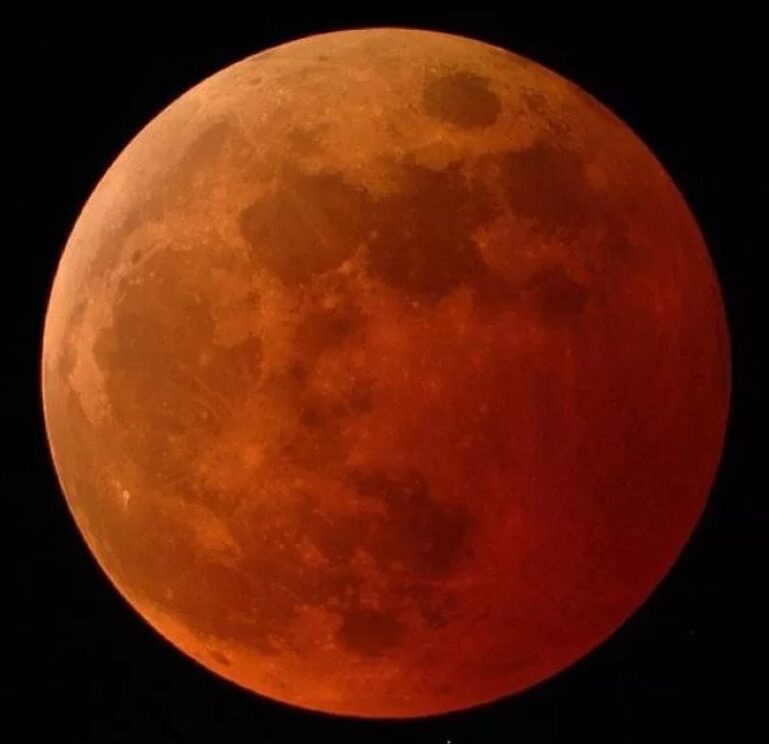Lunar Eclipse Watch Guide

Photo: Conrad Jung A montage of a total lunar eclipse that happened in 2014, showing the progression of the event.
A Total Lunar Eclipse is a rare sight in the skies on on Wednesday morning, May 26 from 1:30-5 a.m. What happens throughout the night? When should you watch?
Here’s our breakdown to time the lunar eclipse. Make sure to set your alarms and tune in for Chabot’s Lunar Eclipse Virtual Watch Party.
The Lunar Eclipse Hour-By-Hour:
1:48 a.m. PDT Wednesday morning: The eclipse begins when the Moon makes first contact with Earth’s partial, or penumbral, shadow. You may notice a slight dimming of the Moon on one edge in the minutes to follow.
2:45 am: The best part of the show begins when the Moon contacts Earth’s full dark shadow, the “umbra.” The Moon’s disk may appear to have a small bite taken out at the edge, as if being nibbled upon by some invisible cosmic creature–something imagined by several ancient cultures when viewing this event. The darkness will spread across the Moon’s disk until it is completely engulfed and enters “totality.”

4:11 am: Totality begins and lasts only 15 minutes. During totality, the Moon will dim, and may turn dull orange or even red.
The color change is caused by Earth’s atmosphere, which filters the Sun’s light sneaking around the edges of our planet and sends a wash of reddish tones across the face of the Moon. It is the russet glow from all the sunrises and sunsets taking place on Earth, shining on into the shadow of night and finding the Moon there.
4:26 am: The Moon will begin to pass out of the umbra and reemerge in the sunlight, brightening on one edge.
5:52 am: The show finishes up as the Moon clears the Earth’s umbral shadow and then sets less than an hour later.




